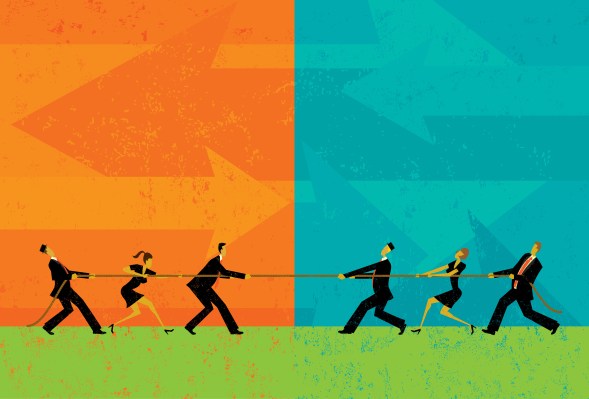Editor’s Note: Albert Lai is the CTO of Media at Brightcove.
The FCC recently voted to reclassify high-speed Internet service under Title II of the Telecommunications Act. This effectively treats the Internet as a public service. In a simplistic sense, this enables the FCC to regulate in such a manner as to prevent the paid prioritization or the blocking of content – issues linked to the public advocacy of net neutrality. While the fundamental tenets of net neutrality are sound, criticism of its enforcement through a government entity has been in high gear.
My previous statements about the Pay TV ecosystem still hold true. Through both public forums and changing consumption behaviors, consumers have been persistent about their desire – nay, demand – for accessing video content on their terms.
Consumers have little patience or care for content windowing and how that affects distribution rights and availability; consumers simply want content anytime, anywhere, and on any device. And, they appear to be willing to pay for it. From the 1 million subscribers to the WWE Network, subscription OTT options continue to proliferate: Sling TV, CBS All Access, Vessel, Nickelodeon’s Noggin, and HBO’s upcoming offering.
Our content options continue to expand, but our access has not. In opposition to the decision on Title II, FCC Commissioner Ajit Pai was adamant that “The Internet isn’t broken. We don’t need President Obama’s nonpublic 332-page plan to ‘fix’ it.” The Internet may not be “broken” but it sure needs help.
Some have countered that consumers do have access options. In Internet Access Services: Status as of December 31, 2013, a nicely colored graph ostensibly shows that 95 percent of households have access to at least two broadband providers, excluding wireless providers. In the fine print, it’s noted that this is provider-reported based on general census tracts and “does not necessarily reflect the number of choices available to a particular household, and does not purport to measure competition.” For this 95 percent, broadband was categorized as 6Mbps/1.5Mbps.
While it’s mind-boggling that it’s taken this long to acknowledge that advertised 4Mbps/1Mbps is no longer broadband, it will be interesting to see how this changes the perception of the degree of choice. Akamai’s State of the Internet report for Q3 2014 listed the average connection speed for the U.S. as 11.5Mbps, ranking 12th on a global basis.
Consumers may have choices based on marketing and “household estimate,” but in practice, I argue that we don’t. In Venice, a pleasant stroll from Google and Snapchat, I had the option of a single broadband provider; competing services were marketed but not actually available. In Phoenix, several providers touted 1Gbps offerings, but in reality, only one actually could offer higher than 12Mbps. And unfortunately, wireless is still not cost-effective for typical usage (e.g. OS updates, Dropbox archiving, media streaming, etc.).
While net neutrality and the Title II reclassification won’t force the underlying issue of access to be fixed, Google sent a letter to the FCC emphasizing that the reclassification could enable “access to poles, ducts, conduits and rights-of-way owned or controlled by utilities is essential for broadband deployment.” Whether this was a theoretical point or a hint of things to come is unknown.
The state of broadband access now comes full circle when we think about it in context of net neutrality and Title II reclassification. Content providers – big or small – can put all the pieces in place for an optimal video experience.
However, the fear – and at this point there are no signs that this is or was a common occurrence – is that ISPs have the ability to “shape” the video experience unduly through blocking or prioritization of specific traffic from specific providers. With more content being consumed and more content being produced and distributed at higher bitrates and sizes (e.g. 4K), more bits mean more volume and likely more congestion.
Prioritization could result in a sub-par video experience even though the content provider has taken advantage of advancing technologies to enable great video experiences: new encoding formats and codecs, optimized use of CDNs to reduce buffering and to increase quality, and server-side stitching for seamless television-like advertising.
For TV everywhere, programmers – through an authentication and authorization process – provide their content to a shared audience of Pay TV operators with which programmers have a commercial carriage agreement.
But pay TV operators are often the broadband provider to the home. One could imagine – conspiracy theorists, get out your popcorn – that operators could ensure their digital products are seemingly “better” than other offerings. And this extends to non-video use cases – what if an e-commerce site were suddenly less responsive than a competitor during a high-volume (holiday) period?
Title II reclassification will inevitably increase the virtual hand of government in our digital ecosystem. Until the existing situation of a small number of providers managing the vast majority of access changes, consumers and content providers have an advocate to ensure that delivery and consumption of digital content is not improperly manipulated.
